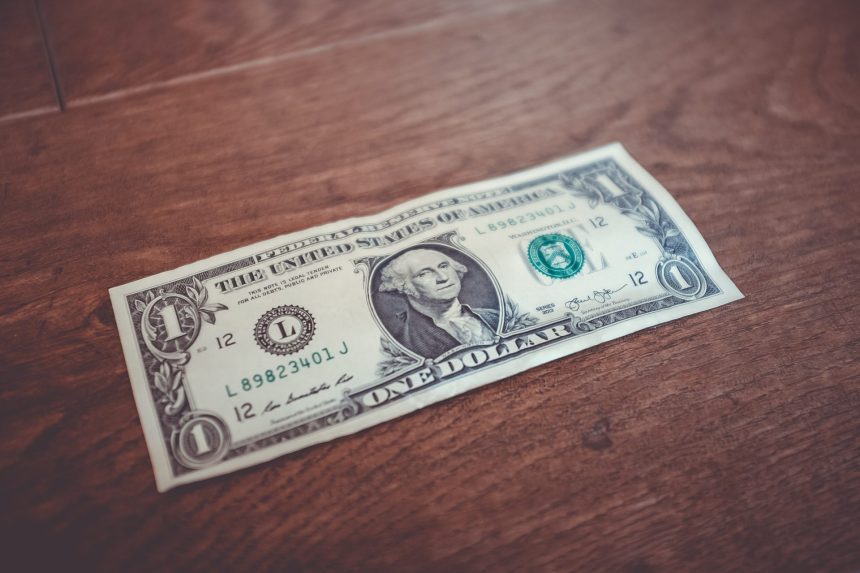The 10-year Treasury yield has surged to a five-week high, crossing the 4.11% mark, driven by stronger-than-expected retail sales data for December. Investors are closely monitoring the latest remarks from Federal Reserve members, which further contribute to the upward movement in yields. This article will delve into the factors behind the increase in Treasury yields, the impact of December’s retail sales on investor sentiment, and the implications for the economy.
Decoding the Treasury Yields Surge
The 10-year Treasury yield recently reached 4.108%, briefly touching 4.117%, the highest level since December 13th. The 2-year Treasury yield also rose significantly, climbing by approximately 11 basis points to 4.335%. It’s important to note that yields and prices move in opposite directions, with each basis point representing 0.01%. The surge in Treasury yields can be attributed to two main factors: stronger December retail sales and the latest statements from Federal Reserve members.
Strong December Retail Sales
December’s retail sales data indicated robust consumer demand during the holiday season. Retail sales increased by 0.6% for the month, surpassing economists’ estimates of 0.4%. When excluding auto sales, the growth remained impressive, with a 0.4% rise compared to the anticipated 0.2% increase. This positive data suggests that consumer confidence remains high, further bolstering the prospects for economic growth.
Federal Reserve’s Influence
The recent surge in Treasury yields can also be attributed to the latest remarks made by Federal Reserve members. Federal Reserve Governor Christopher Waller’s comments about potential rate cuts this year, albeit with a cautious approach, stirred investor sentiment. While the Federal Reserve is likely to cut rates, Waller emphasized that the timing might not be immediate. This statement injected a sense of optimism into the market, driving up yields as investors gained confidence in the future stability of the economy.
European Central Bank’s Perspective
To gain a broader perspective on the market, it’s essential to consider the European Central Bank’s viewpoint. Several European Central Bank members highlighted the market’s premature projections of future rate cuts. President of the Dutch central bank, Klaas Knot, expressed that the central bank assesses overall financial conditions and adjusts rates accordingly. Knot emphasized that the market’s own easing measures, reflected in higher stock and bond prices during the fourth quarter of last year, might reduce the likelihood of further rate cuts. This perspective provides additional insight into the factors influencing Treasury yields.
Implications for the Economy
The surge in Treasury yields has significant implications for the economy. Higher yields generally indicate increased borrowing costs for businesses and consumers, which can potentially slow down economic growth. However, the surge in yields can also be interpreted as a positive sign of investor confidence in the market. The strong retail sales data for December suggests that consumer spending continues to be a driving force behind economic expansion. This, coupled with the Federal Reserve’s cautious approach to rate cuts, may mitigate potential negative effects on the economy.
See first source: CNBC
FAQ
What is the current 10-year Treasury yield, and why has it surged?
The 10-year Treasury yield recently reached 4.108%, briefly touching 4.117%. The surge is primarily attributed to stronger-than-expected retail sales data for December and remarks from Federal Reserve members.
How do Treasury yields and prices relate to each other?
Treasury yields and prices move in opposite directions. As yields rise, bond prices tend to fall, and vice versa. Each basis point represents 0.01% in yield movement.
What contributed to the increase in Treasury yields?
The surge in Treasury yields is driven by two main factors: stronger December retail sales data, indicating robust consumer demand, and comments from Federal Reserve members about potential rate cuts.
Can you provide more details about December’s retail sales data?
December’s retail sales increased by 0.6%, surpassing economists’ estimates of 0.4%. Even when excluding auto sales, there was a 0.4% rise compared to the anticipated 0.2% increase. This data reflects strong consumer confidence and demand.
How did Federal Reserve Governor Christopher Waller’s comments impact yields?
Waller’s comments about potential rate cuts this year, coupled with a cautious approach, boosted investor sentiment. While rate cuts are expected, the timing may not be immediate, instilling confidence in the economy’s future stability.
What is the European Central Bank’s perspective on Treasury yields?
European Central Bank members have noted market projections of future rate cuts as premature. They emphasize that rate adjustments are based on overall financial conditions. Higher stock and bond prices in the market might reduce the likelihood of further rate cuts.
What are the implications of the surge in Treasury yields for the economy?
Higher yields can lead to increased borrowing costs for businesses and consumers, potentially slowing economic growth. However, they can also signify investor confidence. Strong December retail sales and the Federal Reserve’s cautious rate cut approach may offset negative effects on the economy.
Featured Image Credit: Photo by Kenny Eliason; Unsplash – Thank you!







